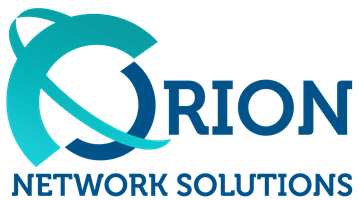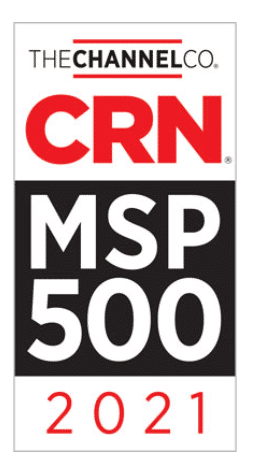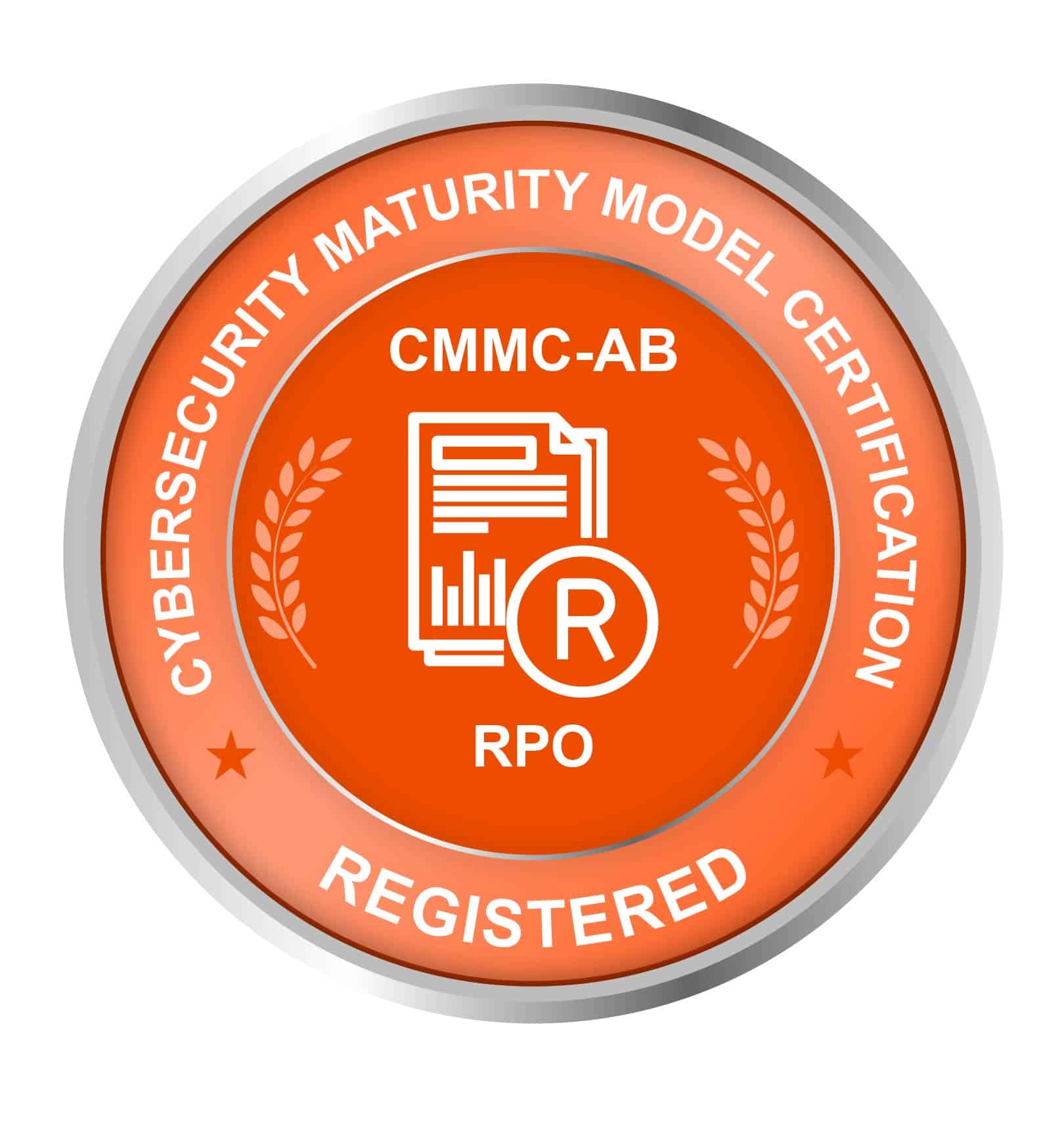Cybersecurity is a requirement for any organization. However, with the increased number of cyber-attacks, organizations are crumbling to meet their cybersecurity requirements. In response to this, there is now more emphasis on risk management than ever before.
Organizations need to think about how they can respond quickly and effectively when cyber incidents occur — from addressing their vulnerabilities to containing threats and minimizing damage wherever possible.
The Cybersecurity Maturity Model Certification (CMMC) evaluates an organization’s level of compliance with a set of security standards and best practices as they apply to different parts of the enterprise.
CMMC Levels
The CMMC framework provides five certification levels according to how well an organization is prepared to counter cyber-attacks. The levels are tiered, meaning the processes and requirements of every level is dependent on the previous one. Below are the five CMMC levels:
Level 1: Basic Cyber Hygiene
Being the lowest level focuses on basic cyber hygiene like using antivirus software and frequent changing of passwords to safeguard the Federal Contract Information (FCI). All contractors should meet basic hygiene practices before moving to other levels.
Level 2: Intermediate Cyber Hygiene
Under this level, an organization is required to use advanced security protocols in protecting data against a cyber-attack. In addition, as a contractor, you are required to document all security protocols implemented and maintained.
Level 3: Good Cyber Hygiene
This level builds on level 2 and requires a company to have a standardized management plan that implements good cyber hygiene to safeguard the Contractor’s Information Systems (CUI). Although level 3 certification ensures information security, most organizations are unable to meet advanced, recurrent attacks.
Level 4: Proactive Cyber Hygiene
Certification at level 4 means that a company can protect CUI and has implemented processes for reviewing and measuring the effectiveness of Advanced Persistent Threats (APT) practices.
Level 5: Advanced and Progressive Cyber Hygiene
A level 5 certification places a contractor as one who can effectively protect CUI, has a well-laid-out cybersecurity program, is standardized across all networks, and meets advanced cyber threats.
Understanding CMMC Level 3 Further
CMMC level 3 certification requires an organization to establish, maintain and devise a resourceful plan that demonstrates the management of activities for practice implementation. The plan includes informational items like missions, project plans, goals, required training, involvement of relevant stakeholders, and resourcing.
Although a level 3 CMMC certification shows good cyber hygiene, it is still limited to higher levels. A level 3 CMMC certified organization will find it hard dealing and protecting data against APTs. Unlike a level 2 certification, level 3 takes it a step higher as it requires a detailed review of policies and practices put in place.
The extra measures help ensure that the security solutions are fully implemented and are effective. Being CMMC level 3 certified shows that as a contractor, besides actively monitoring the practices, you have implemented them fully.
Who Needs to Meet CMMC Level 3 Compliance Requirements?
CMMC was established to respond to increased cyber-attacks on sensitive defense information contained in the Contractor’s Information Systems (CIS). As a contractor with the DoD, you have to be fully certified to effectively protect data against a security breach.
The United States government has to ensure maximum security and protection of the CUI to prevent attacks from hackers, which will eventually compromise the country’s security. Therefore, to win a contract with the DoD, an organization should meet all the level 3 CMMC requirements to be certified compliant.
Achieving CMMC level 3 entails the effective implementation of NIST SP 800-171 requirements to safeguard CUI confidentiality. In addition, level 3 encompasses all 110 practices as outlined by the framework.
CMMC Level 3 Compliance Requirements
To effectively comply with the CMMC requirements, you have to clearly understand what is required. The following are the requirements, grouped into seventeen domains, for level 3 compliance:
- Domain AC (Access Control) focuses on identifying and limiting entities and people accessing your systems. Some of the practices include limiting the types of transactions and functions authorized users can execute.
- Domain AM (Asset Management) – this domain includes the requirements for managing devices and services that interact with or store your data, whether they are network-based or cloud-hosted.
- Domain AT (Awareness and Training) – under this domain, defense contractors must maintain a training program for their contractors, vendors, and staff to ensure they are fully equipped to deal with any cybersecurity attack.
- Domain AU (Audit and Accountability) – specifies how to create and maintain audit trails that help track system and individual users’ activity.
- Domain CA (Security Assessment) – highlights the need for periodical testing and assessment to determine if the security plans are working.
- Domain CM (Configuration Management) lists the requirements for creating inventories and baseline configurations while making changes to the systems. Your organization should also monitor any unapproved changes.
- Domain IA (Identification and Authentication) is more user-oriented and aims at ensuring the person accessing the account is the correct user.
- Domain IR (Incident Response) covers the need to formulate a plan that anticipates security incidents and specifies expected responses if they occur.
- Domain MA (Maintenance) upholds that all systems are vulnerable; thus, contractors must protect data and critical services in case of a system failure.
- Domain MP (Media Protection) discusses the use of external storage devices, their dangers, and how they should be controlled.
- Domain PE (Physical Protection) outlines why you need to protect your physical premises against burglary and unauthorized entry.
- Domain PS (Personnel Security) requires screening of people before they gain entry into premises containing CUI. Take steps to protect data if a person ceases to be an employee.
- Domain RE (Recovery) deals with data backups. Regular backups prevent data loss.
- Domain RM (Risk Management) outlines the need to conduct regular risk assessments of systems and data to keep them protected.
- Domain SA (Situational Awareness) requires an organization to act swiftly upon the intelligence of a cyber threat.
- Domain SC (Systems and Communications Protection) outlines an extensive list of controls that focus on the safe transmission of information within a system. It also forbids sharing of sharing on public forums.
- Domain SI (System and Information Integrity) requires DoD contractors to check out for issues and quickly apply security patches as needed.
Security should be a top concern for your organization to prevent any cyber-attacks. As a contractor with the DoD, you are required to be CMMC level 3 compliant. If you are stuck on getting CMMC level 3 certification, contact Orion Networks for expert help. We are a team of IT specialists with tremendous knowledge and experience dealing with complex systems like the CMMC.










